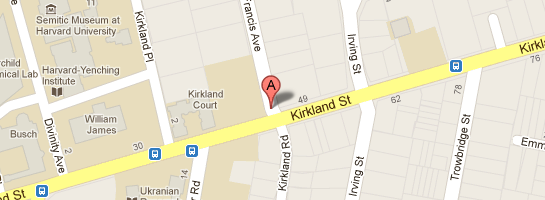
Last year Google incited a tiny panic among newsroom developers after announcing plans to start charging bigger users of the Google Maps API. This is something of a concern to newsrooms, where Google Maps has become an essential reporting tool.
Today Google relaxed those restrictions. Under the revised plans, the price for exceeding 25,000 pageviews a day has gone from $4-$10 per 1,000 map views down to 50 cents per 1,000 map views. They’re also tossing out the distinction between regular maps and styled maps, which previously cost more.
Then and now Google has said that the API limits wouldn’t apply to most developers, only the bigger guys. It’s not altogether surprising they would announce the change on the eve of Google I/O, the company’s annual developer event. In today’s blog post on the change:
We’re beginning to monitor Maps API usage starting today, and, based on current usage, fees will only apply to the top 0.35% of sites regularly exceeding the published limits of 25,000 map loads every day for 90 consecutive days. We aren’t automating the application of these limits, so if your site consistently uses more than the free maps allowance we’ll contact you to discuss your options. Please rest assured that your map will not stop working due to a sudden surge in popularity.
For media companies there has been plenty of confusion about the Maps API, particularly the hows and whys of taking the API to the limit. Google maps are now a ubiquitous part of storytelling because of the app’s malleability, but also, frankly, because it’s free. There are crime maps, census maps, education maps — the list goes on. When the limit scare hit, there were immediate discussions over what other mapping solutions exist for news companies. This change, while keeping the limits in place, may alleviate news developers’ fears of getting a massive tab from Google.
Still, there are more questions, particularly about using maps with Google Fusion Tables, something news developers are particularly fond of. A Google spokesman told me feedback from developers led to the changes to pricing and API limits. Here’s a statement they provided:
Developers using the Fusion Tables interface to generate a map and then using the embed function to add that map to a web page aren’t subject to the Google Maps API usage limits at this time. Normal usage limits apply for developers using the FusionTablesLayer class of the Maps API v3 to add Fusion Tables content to their Maps API applications.
This is not the first time Google has tweaked the Maps API limits. In fall 2011 the company doubled back in an effort to clear up confusion, noting that sites would not be penalized for breaking the limit on one particularly high traffic day. Instead, a site would be subject to the usage pricing if it exceeded the map-views limit for 90 consecutive days. Google also said nonprofit organizations or people using the API “in the public interest” would be exempt from the new maps rules.